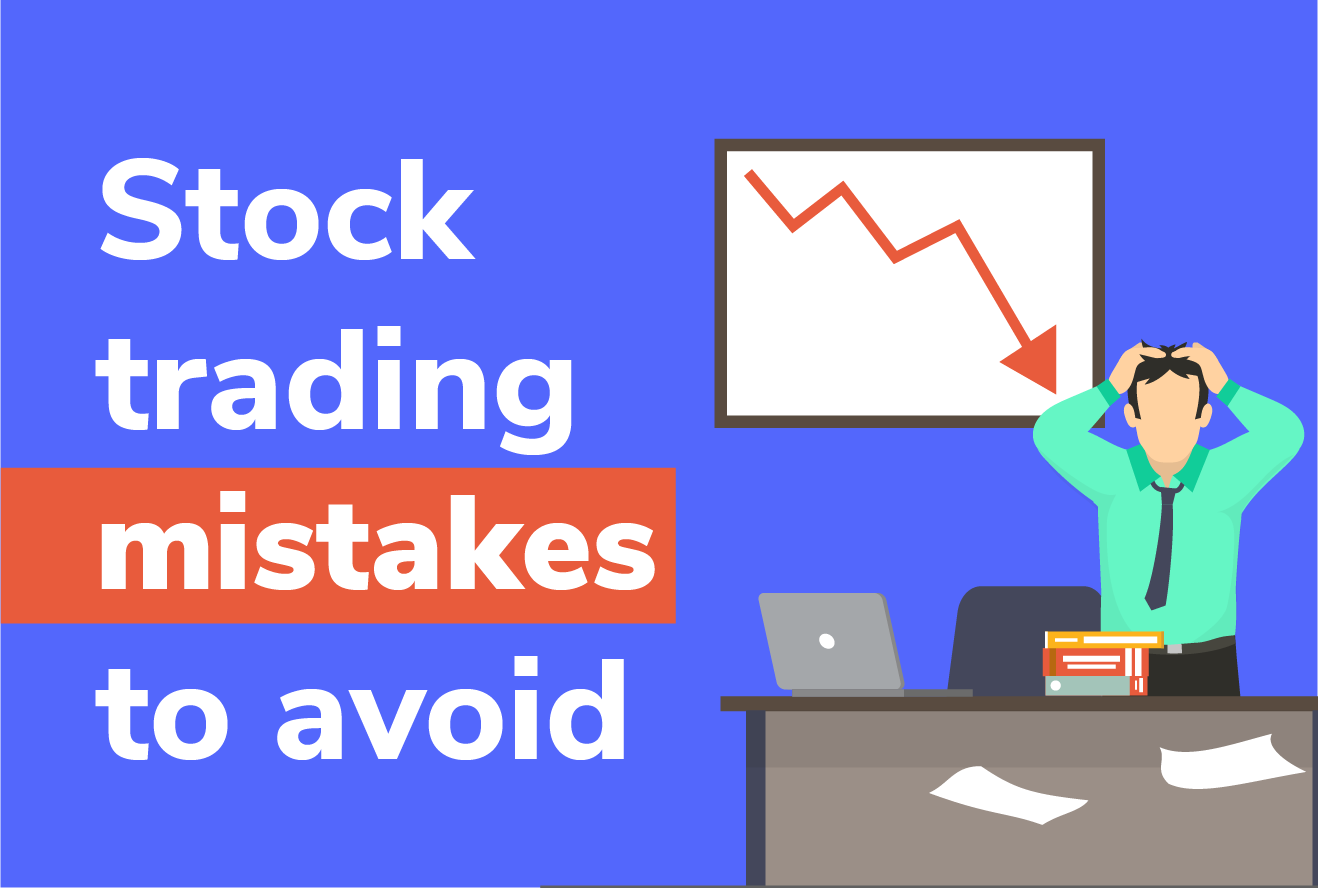
Stock trading involves prioritizing short-term profits over long-term gains, making it a form of investing that carries inherent risks. It is crucial to possess adequate knowledge before diving into this venture.
What Is Stock trading ?
Stock trading involves the buying and selling of shares in companies with the aim of profiting from price fluctuations. Traders closely monitor the short-term changes in stock prices, aiming to purchase stocks at low prices and sell them at higher prices. This short-term approach distinguishes stock traders from traditional stock market investors, who have a long-term investment strategy.
Engaging in stock trading can yield quick profits for those who accurately time the market. However, it also carries the risk of significant losses. The fortunes of a single company can rise rapidly, but they can just as easily plummet.
According to Nathaniel Moore, a certified financial planner at AGAPE Planning Partners in Fresno, California, "Trading is not suitable for the faint-hearted. Do not take the risk and invest money that you cannot afford to lose." If you have the financial means and are interested in learning about stock trading, online brokerages have made it convenient to trade stocks swiftly using your computer or smartphone.
Nevertheless, before you jump into stock trading, it is crucial to have a solid understanding of how the stock market operates. Additionally, it is advisable to research the best stock trading apps and learn how to effectively manage your risk.
Types of stock trading
There are two types of stock trading: active trading and day trading.
Active trading refers to the practice of an investor who executes 10 or more trades within a month. These investors frequently employ strategies that heavily depend on timing the market, aiming to capitalize on short-term events either within the company or the market itself, with the ultimate goal of generating short-term profits.
Day trading involves engaging in rapid stock transactions, where traders buy and sell the same stock within a single trading day. These traders are primarily focused on short-term gains and are less concerned with understanding the intricacies of the underlying businesses. Their aim is to capitalize on the fluctuating daily prices, aiming to make quick profits within minutes, hours, or days.
Stock trading information
It is generally recommended that most investors should create a diversified portfolio consisting of stocks or stock index funds and hold onto it regardless of market conditions.
However, there are some investors who prefer a more active approach and engage in stock trading. Stock trading involves frequent buying and selling of stocks in an effort to time the market.
The objective of stock traders is to take advantage of short-term market events by selling stocks for a profit or buying stocks at a low price. Some stock traders are day traders, meaning they execute multiple trades throughout the day. Others are active traders who make a dozen or more trades per month. (If you are interested in individual stocks, you can check out our list of the best-performing stocks this year.)
Investors who trade stocks conduct extensive research, often spending hours each day following the market. They rely on technical stock analysis and use various tools to track a stock's movements in order to identify trading opportunities and trends. Many online brokers provide stock trading information, including analyst reports, stock research, and charting tools. (You can learn the basics of how to read stock charts.)
Bullish market vs Bearish market
The bear, although not a creature one would desire to encounter while hiking, has been chosen by the market as the ultimate symbol of fear. When stock prices decline by approximately 20% or more across multiple referenced indexes, it is referred to as a bear market.
Bear markets often follow bull markets, and vice versa, and both serve as indicators of larger economic trends. A bull market signifies investor confidence and economic growth, while a bear market indicates investors pulling back and potential economic decline.
Fortunately, bull markets tend to last longer than bear markets, making long-term investments in stocks a viable option for growing one's wealth.
In October 2022, the S&P 500, which includes the largest U.S. stocks, entered a bull market phase after experiencing a bear market starting in June of the same year. The index witnessed a significant recovery in 2023 and reached a new all-time high in January 2024.
However, it is important to note that historically, the S&P 500 has provided an average annual return of around 7% when considering reinvested dividends and adjusting for inflation. This means that if you had invested $1,000 thirty years ago, you would have approximately $7,600 today. (Further explore this concept using NerdWallet's investment calculator.)
Stock trading risk managment
There is no necessity to dive headfirst into any position. By taking your time to make purchases (through dollar-cost averaging or buying in thirds), you can minimize the impact of price fluctuations. Additionally, Moore suggests exploring high-dividend stocks that distribute a portion of their earnings to investors, as well as ETFs that enable you to diversify your risk across multiple companies.
Individuals who contribute to online stock-picking forums and invest in advertisements promoting guaranteed profitable stocks should not be considered as trustworthy companions. In numerous instances, these individuals are involved in a deceitful scheme known as pump-and-dump. This fraudulent practice entails unscrupulous individuals purchasing large quantities of shares in a relatively unknown and low-volume traded company, subsequently creating hype about it on the internet. As unsuspecting investors eagerly purchase shares and cause the stock price to surge, these criminals seize the opportunity to make substantial profits. They swiftly sell off their shares, causing the stock to plummet back to its original value. Refrain from aiding them in their quest to amass wealth at the expense of others.
If you do not utilize a tax-advantaged account, such as a 401(k), Roth or traditional IRA, the taxation of gains and losses can become intricate. The IRS enforces distinct regulations and tax rates, and mandates the submission of various forms for different categories of traders. If you have sold stocks for a profit, it is essential to allocate additional funds to accommodate a potentially higher tax payment. Maintaining accurate records also offers the advantage of utilizing unsuccessful investments to offset other taxes through a clever technique known as tax-loss harvesting.
Where to trade stocks
To engage in stock trading, it is essential to have a reliable broker. However, it is crucial to choose a broker wisely, considering their terms and tools that align with your investing style and experience. For active traders, low commissions and fast order execution are of utmost importance, especially for time-sensitive trades. To gain more insights, you can explore our recommendations for the top day trading apps.
For novice traders, it is advisable to select a broker who can provide guidance on the tools of the trade. Some brokers offer educational resources such as articles, online tutorials, and in-person seminars. NerdWallet's roundups can assist beginners in finding the best brokers in the market. Additionally, it is important to consider other features like the quality and availability of screening and stock analysis tools, on-the-go alerts, easy order entry, and customer service when choosing a stock trading app.
Regardless of your experience level, dedicating time to learn the fundamentals of stock research and gaining experience in stock trading is always worthwhile. Even if there are ups and downs in the market, as long as you enjoy the journey and avoid investing money you can't afford to lose, it is a valuable learning experience.





